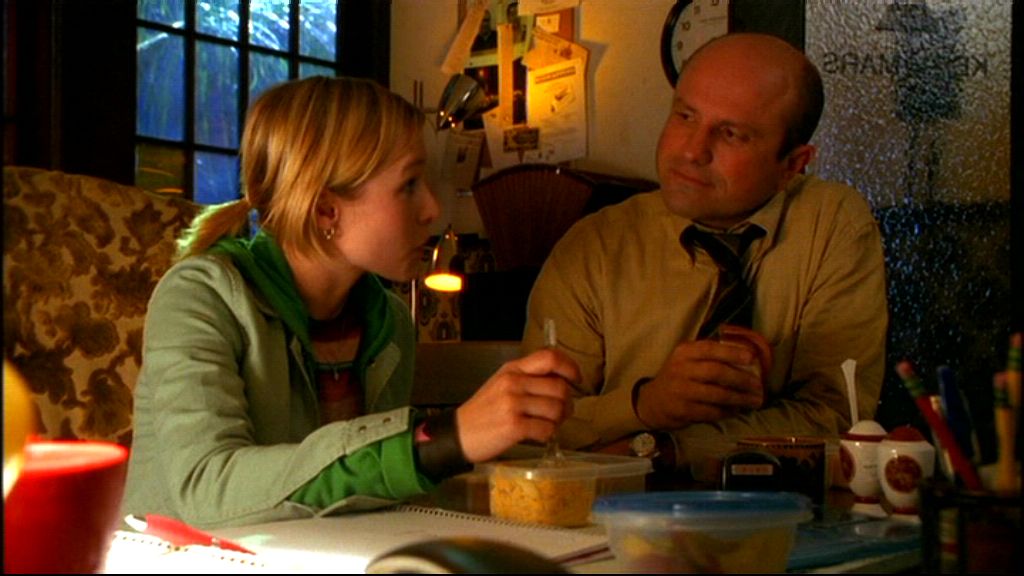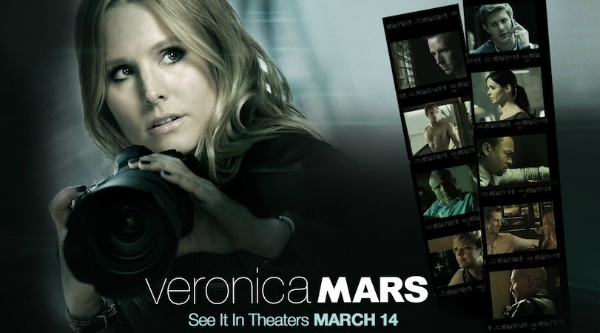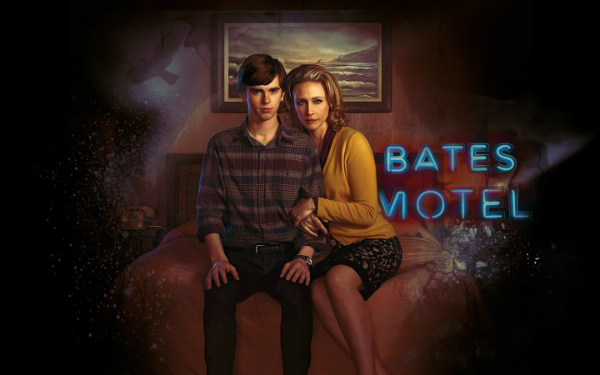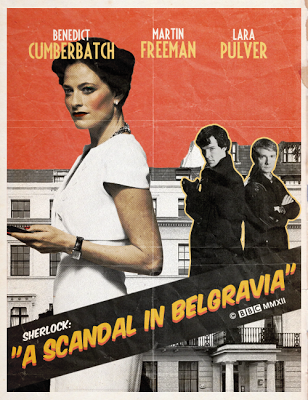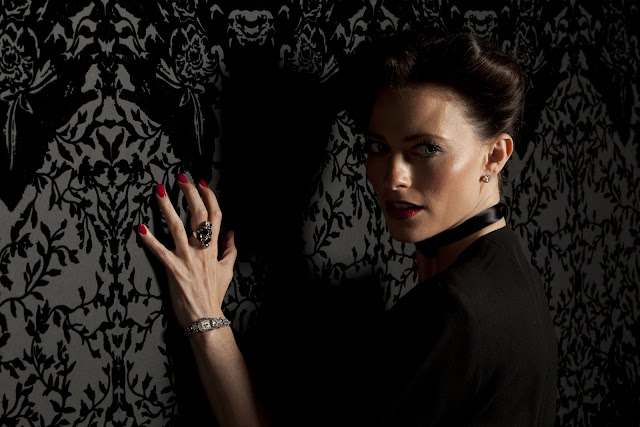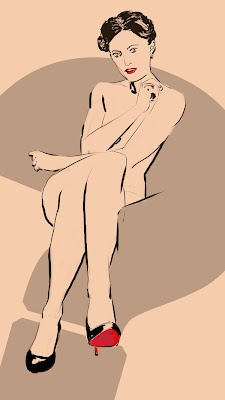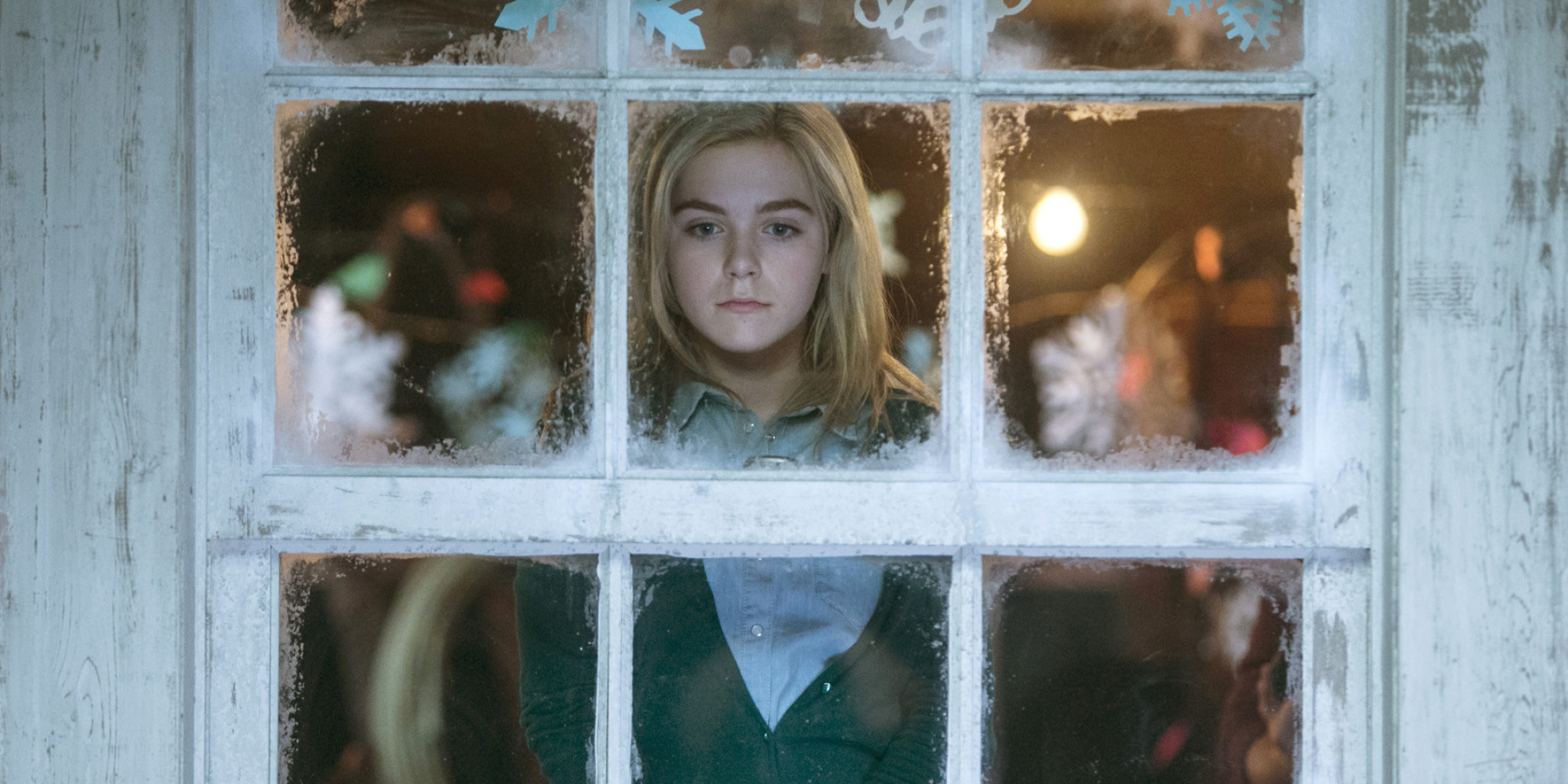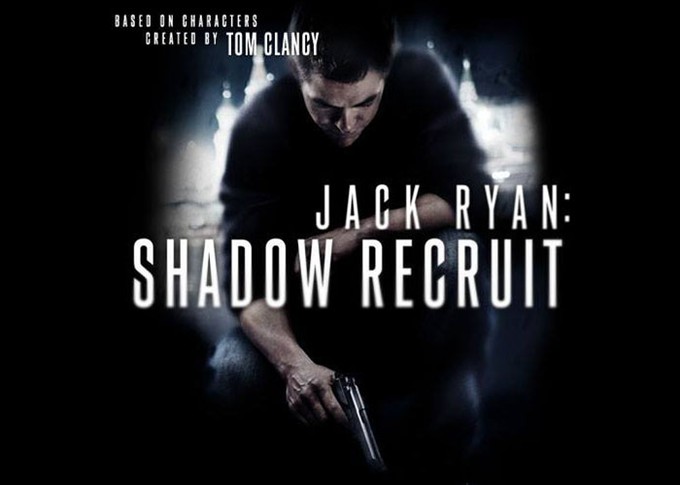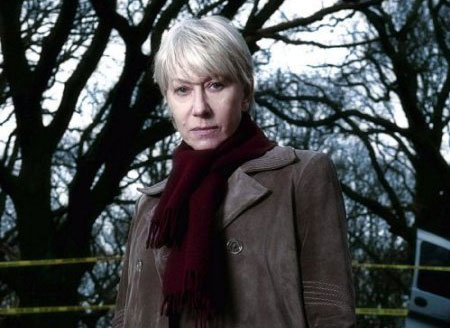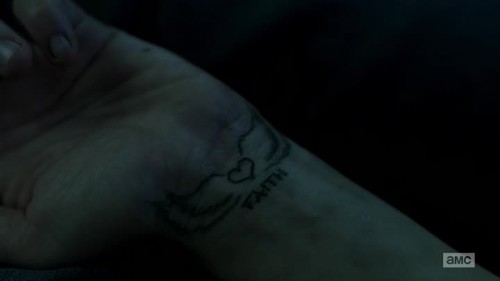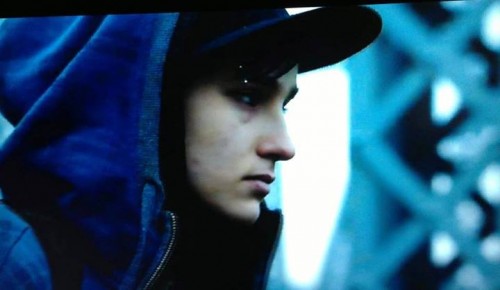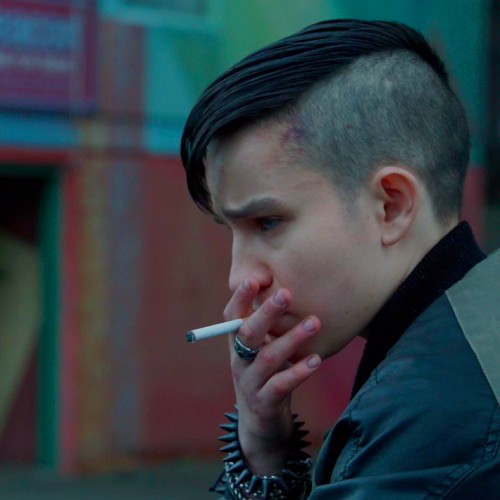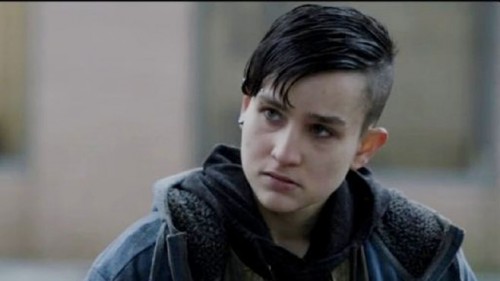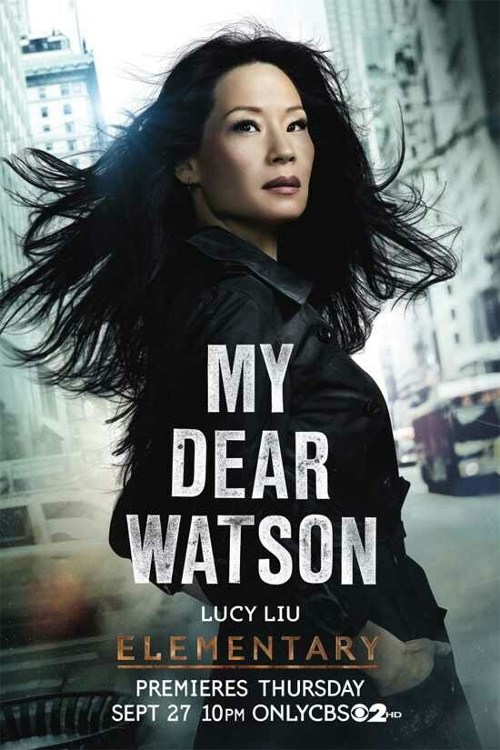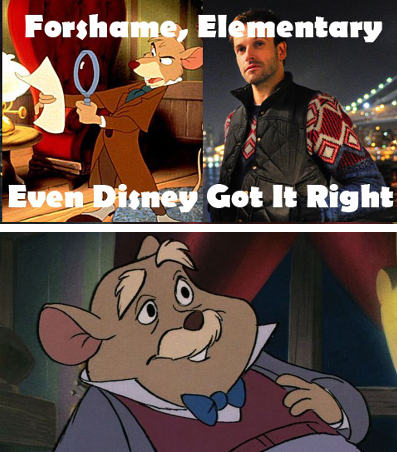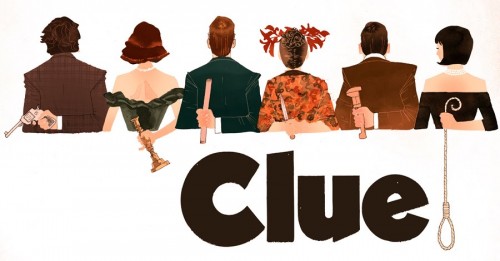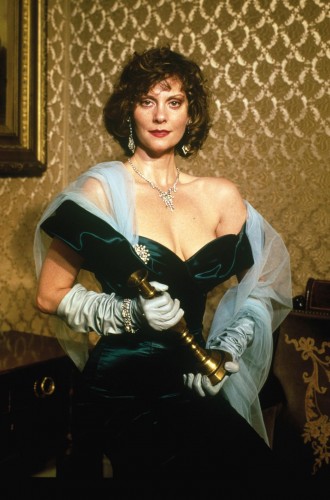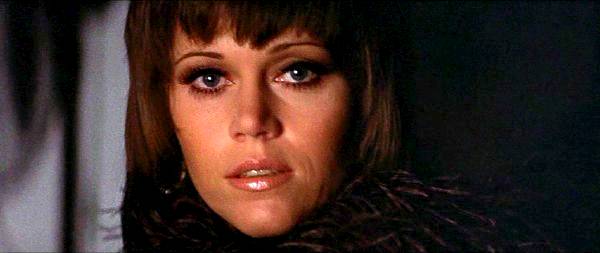It’s no easy feat to make a true crime film that rises above Lifetime schlock. It takes things like dark humor, broader social context, impressive cinematography and storytelling risks to breathe life into a stale murder plot. With that goal, Perfect Sisters isn’t exactly a blazing success, often falling into the trap of domestic melodrama, but I think it’s still worth a watch.

Based on a notorious Canadian case , where teenage sisters drowned their mother in a bathtub, it’s the story of Sandra (Abigail Breslin) and Beth (Georgie Henley), sisters whose whole world is each other. These girls have faced a difficult childhood, forced to take care of their younger brother and Linda (Mira Sorvino), their depressed alcoholic mother; they see each other as their one constant. As Sandra says, “It was always me and my sister against the big bad world.”
Until the murder begins to unravel them, the sisters have an appealing symbiosis. They share a made-up language, shared fantasies and Beth knows to corroborate Sandra’s lies unprompted. For their shared point of view on the events, the girls make one singular person, constantly clinging to each other. Sandra also acts as Beth’s mother, holding her when she’s scared at night and fighting off Linda’s boyfriend Bowman (James Russo) when he attempts to attack her. Though they both have love interests, their primary bond is with each other.
Used to moving around when Linda loses jobs and to cramped apartments with roaches, they’ve learned to make the best of it with their rituals of setting up their shared bedroom. They’re quite skilled at interior design, arranging their possessions to mimic faded wealth and glamor, the private castle of two princesses trapped by their mother’s demons.

The film is reminiscent of Heavenly Creatures–two girls who share a secret world that no one else can understand. As in that movie, also the true story of a murder committed by teenage girls, their fantasies bleed into reality as their lives grow bleaker, becoming more colorful and increasingly violent.
Perfect Sisters has been criticized by people familiar with the case, such as Bob Mitchell, the reporter who wrote The Class Project , the true crime book it’s based on, for playing down greed as a motive, instead suggesting the girls are driven to murder by their difficult circumstances.
Director Stanley M. Brooks has said his aim in the film was to show the sisters as sympathetic characters, not evil or sociopathic, but immature young women who make made bad decisions. He attempted to be accurate to the real events and says he fictionalized almost nothing about the case. Whatever the truth is, this approach is more cinematic, giving viewers likable (to a point) characters and room for discussion over their level of awareness of their actions and the nature of evil.
As in most true crime movies, viewers know going in both that the girls’ mother will be murdered and that they are guilty. The murder is not a shocking climax that has viewers on the edge of their seats and there is no real mystery or suspense, as the these’s never any doubt of the perpetrator. Brooks’ decision to challenge the audience to sympathize with girls we know will become killers is one that adds an intriguing element to the film, each bit of the girls’ inner lives, the minutia of teenage girlhood and idle lunchroom gossip is weighed against the knowledge of viciousness they are capable of.

It’s startling to watch the squeaky clean child stars of Little Miss Sunshine (Breslin) and The Chronicles of Narnia (Henley) move in darker, adult fare, playing the matricidal “bath-tub girls.” Automatically, the audience’s sympathies are aligned with these familiar faces we’re used to seeing as adorable children who believe in magic and fairness.
Here, they’re morbid (in one scene, Sandra is distracted from a kiss by the sight of a dead bird) and jaded. Still, they’re good girls with perfect disciplinary records and honor roll grades. Over the summer, they’ve each reinvented themselves. Beth dyes her hair matte black and wears heavy eye make-up to attract the gothic romance of her dreams, while Sandra yearns to be popular and lose her goody-goody rep. She makes up rumors about herself to get attention, strangely they are the type of things most girls would try to cover up. Sandra wants to be a bad girls, desirable and dangerous, so she tells everyone she’s pregnant by her therapist.
They’re used to their mother’s addiction and they’ve been dealing with it for a long time, propping her up, shuttling her through their routines and taking on her responsibilities. There are several hints that the girls and their brother have experienced earlier traumas because of their mother and her string of abusive boyfriends.
When Linda begins dating Bowman, a wealthy man who can support them, she puts up with beatings and cruelty, as well as his enabling of her addiction into a worse state than the girls can remember it ever being. They reach their breaking point when she does nothing to help them when Bowman hits their brother and begins to make sexual advances towards Beth.
It’s suggested that her alcoholism and refusal to leave her abusive boyfriend, even when he turns on her children, stems from low self worth. She doesn’t feel her life matters, so she allows Bowman to beat her. The girls have dealt with this situation so many times before that they are disturbingly able to write off their mother’s life. To their minds, she’s given it up already. They’d be fine to leave her to destroy herself, but as minors who depend on her, if she goes down, she takes them with her.

To cope, Sandra and Beth imagine their perfect mother, a vision they both interact with. Their perfect mother is impeccable groomed and shines with a halo of light and offers to make cookies and brush their hair. In their fantasies, she’s always there with to take care of them and provide comfort, something they have to find in each other instead. In reality, Linda is embarrassing. She tries to be her daughters’ friend and jokes around with their friends. At a party in their apartment, she gets drunk and babbles sexual things while their guests laugh at her.
When Sandra is called upon to be the adult of the family and attend her brother’s parent-teacher conference, she wears the same outfit as their perfect mother wears in their fantasies. Dressed in these clothes, Sandra clearly resembles Linda. She takes on her maternal responsibilities, using this perfect image of Linda as a role model and fixation on remaining in control to create as much distance as she can between her and her mother’s embarrassing weakness. Long after Beth has given up on her, Sandra continues to make excuses for Linda and try to understand her. In the wake of the murder, her prized control dissolves and Sandra repeats her mother’s self destructive mistakes, drinking and flirting and sharing her story with anyone who’ll listen. Beth becomes ashamed of her, in one scene saying, “You remind me of Mom.”
Before deciding to kill her, they attempt to find other ways to save themselves. They appeal to both their father and their wealthy aunt, asking to live with them but are denied. The girls quickly lose their faith in social services as they’re told no one can help them until there has been serious abuse. Beth speaks the truth about the cycle of trauma, “By the time they do anything, I’ll be the alcoholic neglecting my kids.” Through this frenzied attempts, Bowman’s threat of rape is treated as an inevitability. It’s a truly terrifying situation, sooner or later, they suppose, Beth will be vulnerable and alone. They have to do something before that happens.

Though we see them trying to get out of their situation by finding a new place to live, the judge at their sentencing later in the film, rightly points out that there are teenagers who have been in much worse situations and not murdered anyone. After all, Sandra is a senior, soon she’d be an adult capable of living alone. This suggests that they are unwilling to do something hard, like work multiple jobs and live on minimum wage to support themselves. Their ideal situations are either to live on their own with an insurance payout or be taken in by their wealthy aunt.
Perfect Sisters is not afraid to show the cruelty of these girls. They are able to causally plot their mother’s murder, laughing about it with their friends, enthusiastically speculating about the freedom that will be available to them, chatting online and researching the pros and cons of different methods. Planning the murder takes on no more weight than speculating who’s dating who or what’ll be on the next math test. In one scene, the girls form an official “murder club” and gather in a school classroom writing ideas on the board. In another, the group gathers at the sisters’ home and practice attacking each other. It’s never entirely clear if their friends realize plotting the murder is more than just a game for the sisters.
In a darkly comic montage, the sisters crowd around a computer with their friends and watch their mother die over and over again in different scenarios. Part reality TV viewers, part judges scoring a performance, they watch and laugh as their mother is strangled and suffocated, pushed down the stairs and set on fire. In the end, they decide drowning will be quick, easy to make look like an accident, and it’d get the biggest insurance payout.
The murder itself creates a rift between them, when Beth leaves the bathroom while Sandra holds their mother’s head underwater. It also begins to reveal, for the first time, the fundamental difference between the girls, as shown by how they cope. While Sandra immediately panics and appears to regret what she’s done, Beth cries on cue as she calls 911, a smile on her face.

The knowledge of what they did hovers as an open secret through their high school and they reach a higher social status. Some classmates act like they are celebrities, having them pose for pictures, as the stroll down the hallway, while other gawk and retreat, afraid. The murder was so well planned that it seems like they would have gotten away with it if they weren’t gossipy, boy crazy and immature- basically if they weren’t teenage girls.
The last act of Perfect Sisters forms an intriguing portrait of how differently two people react to one event. Beth grows cold and introverted, while Sandra externalizes her guilt, partying and basking in her celebrity. She becomes the sloppy mess everyone secretly laughs at at parties, confessing the murder to anyone who’ll listen. The boy next door type who has loved her for years, biding his time, finally gives up on her and disgusted by what he sees as her lack of remorse, wears a wire to secure her confession.
Of course, they’re convicted and sentenced to jail time, but that’s not the real tragedy in the sisters’ eyes. In the end, they’re literally ripped apart, kicking and screaming by security officers and forbidden from communicating with each other for the duration of their sentences. In trying to save themselves, they each lost the one person who made them feel whole. Both girls are now released and attending college, and due to Canadian law regarding young offenders, their identities are protected (their names were changed for the film).

In the last sequence, we are shown the girls as children changing in their teenage selves, as onscreen text explains their fates. This suggests the tragedy of their transformation from innocent children into convicted killers.
_________________________________________________________________
Elizabeth Kiy is a Canadian writer and freelance journalist living in Toronto, Ontario. She recently graduated from Carleton University where she majored in journalism and minored in film.

